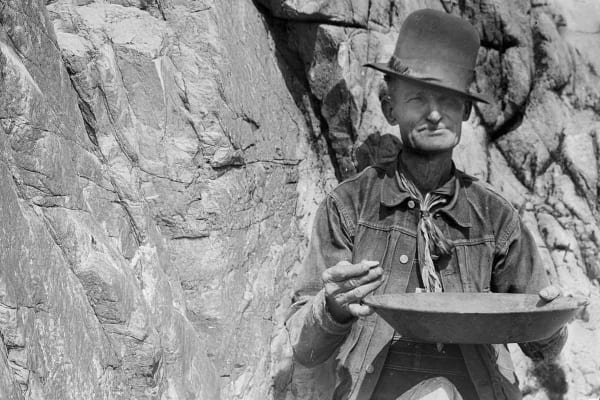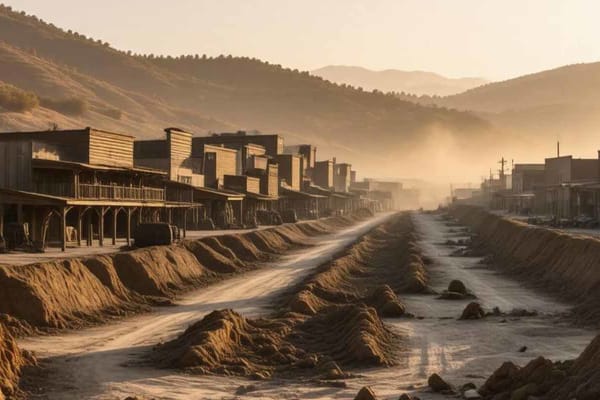
What Year was Gold Discovered in California?
The California gold rush: The discovery that changed a nation

In ancient Egyptian culture, gold was often used to decorate persons of royalty and architecture; cities such as El Dorado were built out of gold. The wealth and prosperity of a land often depended upon the possession of this natural yet scarce mineral. In some cultures gold is an iconic symbol with a godly meaning. Many stories throughout history have been told about the alluring search of gold and the riches that will magically encompass man once he finds the golden treasures.
The legend of El Dorado has inspired many to spend their lives in search of this famed city of gold. The story was based on the pre-Columbian Muisca, or chief, that covered himself in gold powder and jumped into Lake Titicaca as a ritual to become crowned chief. The gold represented godliness to this ancient Aztec civilization who worshiped the deity or trinity of Chiminigagua. The city of El Dorado has been sought after by many, including the Spanish conquistadors. During the time that the Americas were discovered, the indigenous Indians possessed many relics that led the conquistadors to believe they were close to discovering this lost city of gold. Since this time, there have been many additional explorers who have come up empty handed. Some continue to believe that this legendary city truly does exist.
King Midas, as legend has it, was the king of Pythagoria in Greece. After hosting the friend of a Greek god in his house, King Midas was granted one wish. He wished that everything he touched would turn to gold. In the typical double-edged fashion of the gods, this presented itself to be a great gift until King Midas found that even the food he touched turned to gold. What was at first a bountiful blessing, turned into a nightmare. He went back to Dionyssos, the friend of the Greek god and asked for the power to be taken away. He was instructed to wash his hands in the Pactolus River. He did this, the gift was removed, and the sand from the river was then covered in gold.
A flying ram had been sacrificed to the Greek god, Zeus. The ram had special golden hair that was taken from the lamb after the sacrifice. This Golden Fleece was left hung on a tree in a sacred grove, and guarded by a dragon. In order to claim his rightful kingdom of Iolcos (Iolkos), Jason and his crew, the Argonauts, set out to find this Golden Fleece. Jason encountered four challenges in order to reach the fleece with the final challenge of slaying the dragon. He succeeded and was able to obtain the Golden Fleece thus earning Jason the kingship.
During the time the Spanish Conquistadors explored the area north of Mexico, now known as the United States of America, there were stories of men who had encountered the seven cities of gold. In these cities there were reported to be riches beyond belief. Many Spanish leaders sent out expeditions to find the seven cities.
There are many stories throughout history that affirm one can find a pot of gold at the end of rainbow. Stories of mischievous leprechauns guarding the pot of gold abound. Some have likened the pot of gold to be an allegorical story about searching for something beyond reach. The search for gold has historically been a driving force for many as the endurance of this myth demonstrates.
Man’s search for gold has been long told in historical timelines as well as fantasy, folklore and fables. The classic stories told have varied over time but gold endures as a symbol for godliness, riches, wealth and power and continues to lure many with its illustrious beauty.
Banner image credit : Ignacio Perez (CC BY-NC-SA)

The California gold rush: The discovery that changed a nation

Gold Insights: Exploring the Science Behind the Shine

Although many individuals from the east coast of America joined the California gold rush, many failed to reach their destination, often victims of disease and malnutrition.